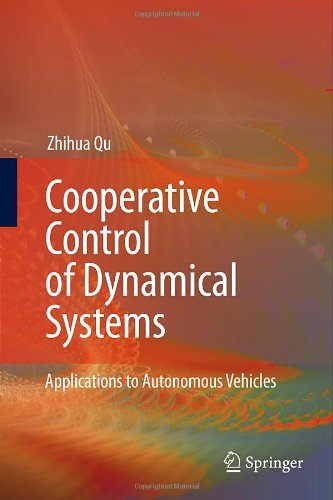

Most ebook files are in PDF format, so you can easily read them using various software such as Foxit Reader or directly on the Google Chrome browser.
Some ebook files are released by publishers in other formats such as .awz, .mobi, .epub, .fb2, etc. You may need to install specific software to read these formats on mobile/PC, such as Calibre.
Please read the tutorial at this link: https://ebookbell.com/faq
We offer FREE conversion to the popular formats you request; however, this may take some time. Therefore, right after payment, please email us, and we will try to provide the service as quickly as possible.
For some exceptional file formats or broken links (if any), please refrain from opening any disputes. Instead, email us first, and we will try to assist within a maximum of 6 hours.
EbookBell Team

4.8
14 reviewsWhether providing automated passenger transport systems, exploring the hostile depths of the ocean or assisting soldiers in battle, autonomous vehicle systems are becoming an important fact of modern life. Distributed sensing and communication networks allow neighboring vehicles to share information autonomously, to interact with an operator, and to coordinate their motion to exhibit certain cooperative behaviors. The less structured the operating environment and the more changes the vehicle network experiences, the more difficult to grapple with problems of control become.
Cooperative Control of Dynamical Systems begins with a concise overview of cooperative behaviors and the modeling of constrained non-linear dynamical systems like ground, aerial, and underwater vehicles. A review of useful concepts from system theory is included. New results on cooperative control of linear and non-linear systems and on control of individual non-holonomic systems are presented. Control design in autonomous-vehicle applications moves evenly from open-loop steering control and feedback stabilization of an individual vehicle to cooperative control of multiple vehicles. This progression culminates in a decentralized control hierarchy requiring only local feedback information.
A number of novel methods are presented: parameterisation for collision avoidance and real-time optimisation in path planning; near optimal tracking and regulation control of non-holonomic chained systems; the matrix-theoretical approach to cooperative stability analysis of linear networked systems; the comparative argument of Lyapunov function components for analysing non-linear cooperative systems; and cooperative control designs. These methods are used to generate solutions of guaranteed performance for the fundamental problems of:
• optimised collision-free path planning;
• near-optimal stabilization of non-holonomic systems; and
• cooperative control of heterogenous dynamical systems, including non-holonomic systems.
Examples, simulations and comparative studies bring immediacy to the fundamental issues while illustrating the theoretical foundations and the technical approaches and verifying the performance of the final control designs.
Researchers studying non-linear systems, control of networked systems, or mobile robot systems will find the wealth of new methods and solutions laid out in this book to be of great interest to their work. Engineers designing and building autonomous vehicles will also benefit from these ideas, and students will find this a valuable reference.